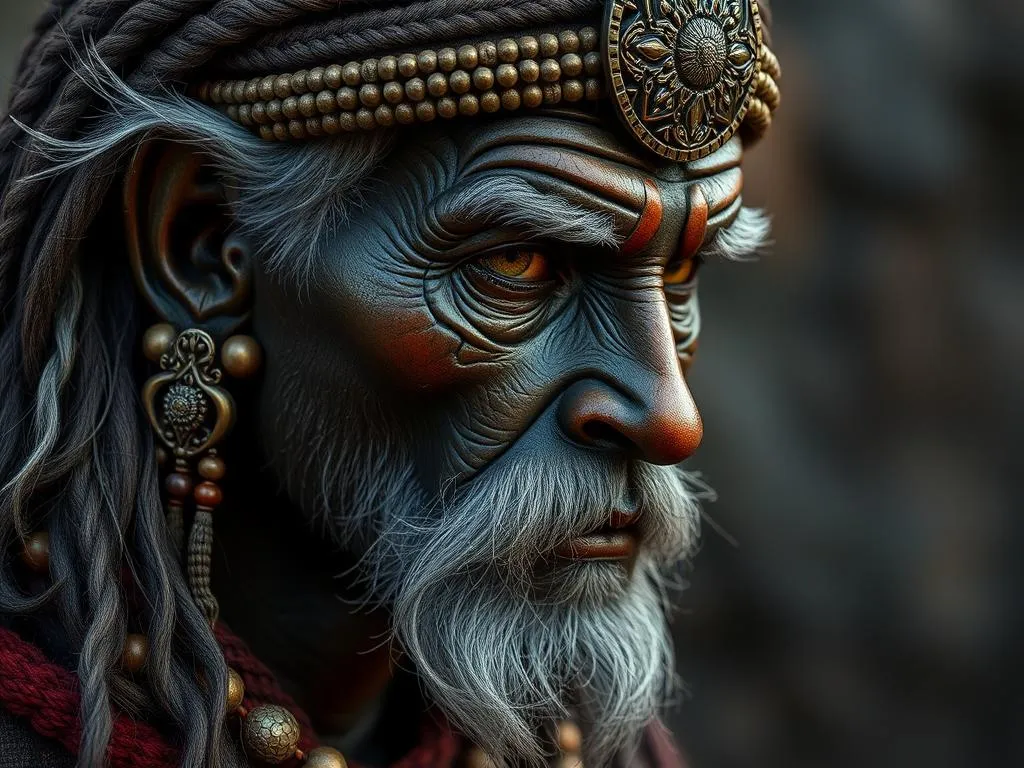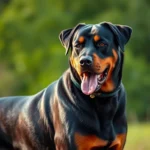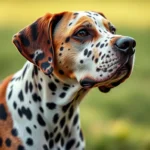
Introduction
Understanding dog breeds is crucial for potential pet owners, breeders, and enthusiasts. A dog breed is a specific genetic lineage of dogs, characterized by distinct traits, physical attributes, and behaviors that are passed down through generations. These traits can influence everything from size and coat type to temperament and health.
Overview of Dalmador
One fascinating hybrid breed that has gained popularity in recent years is the Dalmador. This unique breed is a mix between the Labrador Retriever and the Dalmatian. The Dalmador inherits the best traits from both parent breeds, resulting in a dog that is both playful and intelligent. The breed’s history is relatively recent, reflecting a growing trend toward designer dogs.
Understanding Dog Breeds
What is a Dog Breed?
A dog breed represents a group of domestic dogs with similar characteristics and traits. The significance of understanding dog breeds lies in their genetics, which can influence behavior, physical appearance, and health issues. Factors such as genetics, environment, and training play a crucial role in shaping a dog’s characteristics.
Types of Dog Breeds
Purebred vs. Mixed Breed
Purebred dogs are those that belong to a specific breed, recognized by major kennel clubs like the American Kennel Club (AKC). They have a documented lineage and are bred for specific traits. In contrast, mixed breeds, like the Dalmador, combine traits from two or more breeds, often resulting in unique characteristics and temperaments.
Recognized Breeds
Kennel clubs such as the AKC and the United Kennel Club (UKC) play a vital role in breed recognition. They maintain standards for purebred dogs, ensuring that breeders adhere to specific guidelines. While Dalmadors are not recognized as a separate breed by these clubs, their parent breeds are well-established.
The Dalmador Breed
Origin and History
Parent Breeds
The Dalmatian is known for its striking coat of black or liver-colored spots on a white background. Originally bred as a carriage dog, the Dalmatian has a long history of serving various roles, including firehouse mascots and circus performers. The Labrador Retriever is renowned for its friendly demeanor and intelligence, making it a popular choice for families and service work.
Development of the Dalmador
The Dalmador emerged as breeders began to cross these two beloved breeds, aiming to create a dog that would combine the Labrador’s temperament and versatility with the Dalmatian’s unique appearance. The Dalmador has quickly become a favorite among dog lovers seeking a playful and affectionate companion.
Physical Characteristics
Size and Weight
Dalmadors typically range from 21 to 24 inches tall at the shoulder and weigh between 50 and 80 pounds. Their size can vary based on the traits inherited from their parent breeds.
Coat and Color
The coat of a Dalmador is generally short and dense, requiring minimal grooming. While most Dalmadors will have the characteristic spots of the Dalmatian, the coat can come in various color combinations, including black, yellow, and chocolate, reflecting their Labrador heritage.
Temperament and Behavior
General Temperament
Dalmadors are known for their friendly, energetic, and intelligent nature. They are often described as affectionate and loyal, making them suitable companions for families and individuals alike.
Socialization Needs
Socialization is crucial for Dalmadors. Early exposure to different people, pets, and environments will help them develop into well-rounded adult dogs. These dogs thrive on social interaction and can become anxious or bored if left alone for extended periods.
Health Considerations
Common Health Issues
Like all breeds, Dalmadors may be prone to specific health issues. Common problems include hip dysplasia, skin allergies, and ear infections. Regular veterinary check-ups can help catch these issues early.
Lifespan
The average lifespan of a Dalmador is typically around 10 to 14 years, depending on genetics, diet, and overall care.
Caring for a Dalmador
Nutritional Needs
Dietary Requirements
Dalmadors require a well-balanced diet that includes high-quality dog food. The food should be rich in protein to support their energy levels and maintain a healthy weight. Consult your veterinarian for specific dietary recommendations based on your Dalmador’s age, weight, and activity level.
Common Dietary Issues
Some Dalmadors may have food sensitivities or allergies. Common allergens include grains, chicken, and beef. Be mindful of your dog’s reactions to different foods and consult your vet if you notice any adverse effects.
Exercise Requirements
Daily Exercise Routines
Dalmadors are active dogs that require daily exercise to stay healthy and happy. Aim for at least 60 minutes of exercise each day, which can include walks, runs, or playtime in the yard.
Mental Stimulation
In addition to physical exercise, Dalmadors need mental stimulation. Engage them with puzzle toys, obedience training, and interactive games to keep their minds sharp and prevent boredom.
Grooming and Maintenance
Coat Care
Grooming a Dalmador is relatively simple due to their short coat. Regular brushing will help remove loose hair and minimize shedding. Bathe your Dalmador as needed, usually every few months, or if they become particularly dirty.
Health Checkups
Routine veterinary care is essential to maintaining your Dalmador’s health. Regular vaccinations, flea and tick prevention, and dental care should be part of your dog care regimen.
Training a Dalmador
Basic Commands
Obedience Training
Teaching your Dalmador basic commands is crucial for their safety and well-being. Key commands include sit, stay, come, and down. Start training early to establish good habits.
Positive Reinforcement Techniques
Positive reinforcement is the most effective training method for Dalmadors. Use treats, praise, and playtime as rewards to encourage good behavior. This approach fosters a positive relationship between you and your dog.
Behavioral Training
Addressing Common Behavioral Issues
Dalmadors can sometimes exhibit behavioral issues, such as excessive barking, chewing, or separation anxiety. Consistent training and redirecting unwanted behaviors can help manage these issues.
Socialization Techniques
To ensure your Dalmador is well-adjusted, focus on socialization. Introduce them to different people, pets, and environments to build their confidence and reduce anxiety.
Dalmadors in Society
Popularity and Recognition
Current Trends
Dalmadors have become increasingly popular among dog owners due to their unique characteristics and adaptability. Their friendly nature and intelligence make them great family pets and companions.
Recognition by Kennel Clubs
While Dalmadors are not recognized as a separate breed by major kennel clubs, their popularity continues to grow. Many dog lovers appreciate the blend of traits from both parent breeds.
Dalmadors as Family Pets
Suitability for Families
Dalmadors are excellent family pets due to their friendly disposition and playful nature. They bond well with children and can adapt to various living situations, including apartments, provided they receive enough exercise.
Interactions with Children
Dalmadors are typically gentle and patient with children. Early socialization and training will help ensure positive interactions, making them a great choice for families with kids.
Conclusion
In summary, the Dalmador is a hybrid breed that brings together the best traits of the Labrador Retriever and the Dalmatian. Their friendly nature, intelligence, and adaptability make them wonderful companions.
Potential owners should be mindful of their lifestyle and commitment to care, training, and exercise when considering a Dalmador. These dogs thrive on social interaction and active play, making them the perfect addition to an active household.
If you’re thinking about welcoming a Dalmador into your home, consider reaching out to local shelters or breed-specific rescues to find your perfect furry friend.









